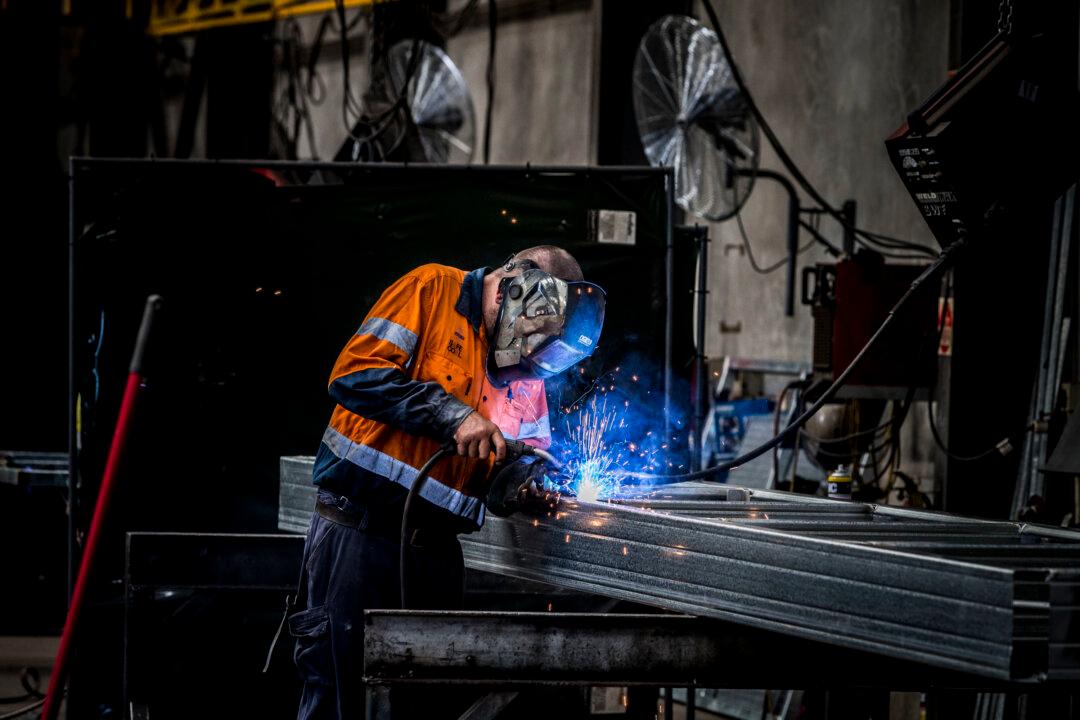Australian manufacturing activity contracted over the summer holiday period as the Omicron outbreak caused disruptions.
Australian Industry Group’s Manufacturing Index fell by 6.4 points to 48.4 during December and January, representing the challenges around staff availability and further disruptions to supply chains. A reading of below 50 points indicates a contraction of activity.





